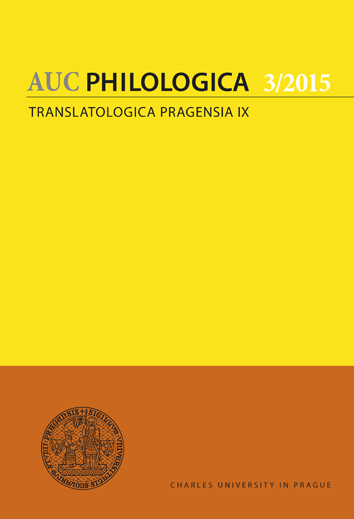Translatability of intertextual markers: verifying a paradigm
Translatability of intertextual markers: verifying a paradigm
Author(s): Marta KaźmierczakSubject(s): Applied Linguistics, Translation Studies
Published by: Univerzita Karlova v Praze, Nakladatelství Karolinum
Keywords: poetry translation; intertextuality; Bolesław Leśmian; Olgierd Wojtasiewicz; recognizability; cultural domains; references
Summary/Abstract: The paper locates research on intertextuality in poetry translation within the paradigms set in 1957 by Olgierd Wojtasiewicz, the founder of Polish TS, who paid attention to what he called “erudite allusions” in translation a decade before the very term “intertextuality” was coined and adopted in Western Europe. The author tests one of Wojtasiewicz’s tenets: that the level of translatability of allusions depends on the recognizability of the source of allusion, understood in terms of cultural closeness. Thus, within European culture translatability of references to the Bible or to the Western canon could be assumed, while allusions to exotic cultures should be difficult to transpose. In the paper these assumptions are verified on the poetry of the Polish modernist Bolesław Leśmian and its translations into English, Russian and Czech. Examples have been selected from several intertextual domains – references to the Bible, to Indian culture, Slavonic mythology and Polish literature – so that varying cultural distance between the interacting texts can be observed. Wojtasiewicz’s paradigm is only partly confirmed, as favourable conditions do not necessarily correlate with successful re-creation of intertexts. The verification complicates the theoretical model, underscoring the importance of the human factor in translation and of empirical surveys in TS.
Journal: Acta Universitatis Carolinae Philologica
- Issue Year: 2015
- Issue No: 3
- Page Range: 83-96
- Page Count: 16
- Language: English

